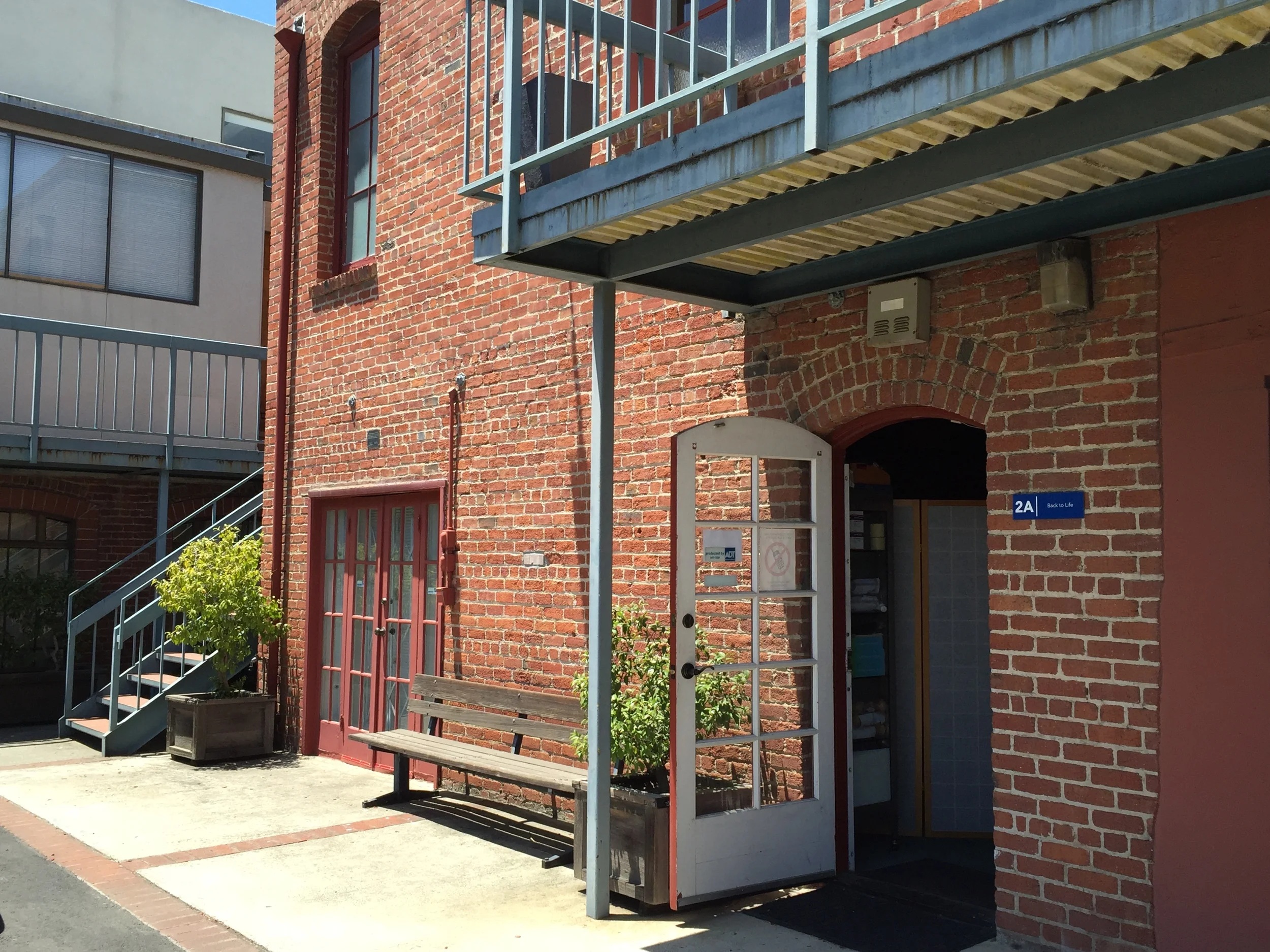No matter what culture you hail from, you probably crave broth or chicken soup when you're sick. It's certainly comforting to reach for what we were given as children, but why is there merit to the reflex? What makes chicken soup the best cold remedy? Chinese Medicine explains the classic cold buster through this nutritional lens:
THE ONION AND GINGER
The ultimate basic immune support is hot water with green onion and ginger slices. Both spring onion (or scallions, cong bai in pinyin Chinese) and fresh ginger (sheng jiang) are in a category of herbs that release the exterior of the body, inducing a slight sweat and helping to expel pathogens (what we might understand as germs). From a pharmacological perspective, both ginger and spring onion have antibacterial properties and ginger is also anti-inflammatory, antipyretic (brings down fever), and analgesic (relieves pain) (source: Chen & Chen, Chinese Medical Herbology and Pharmacology). This simple two herb pairing works best when you are in the very early stages of a cold as this is gentle medicine.





